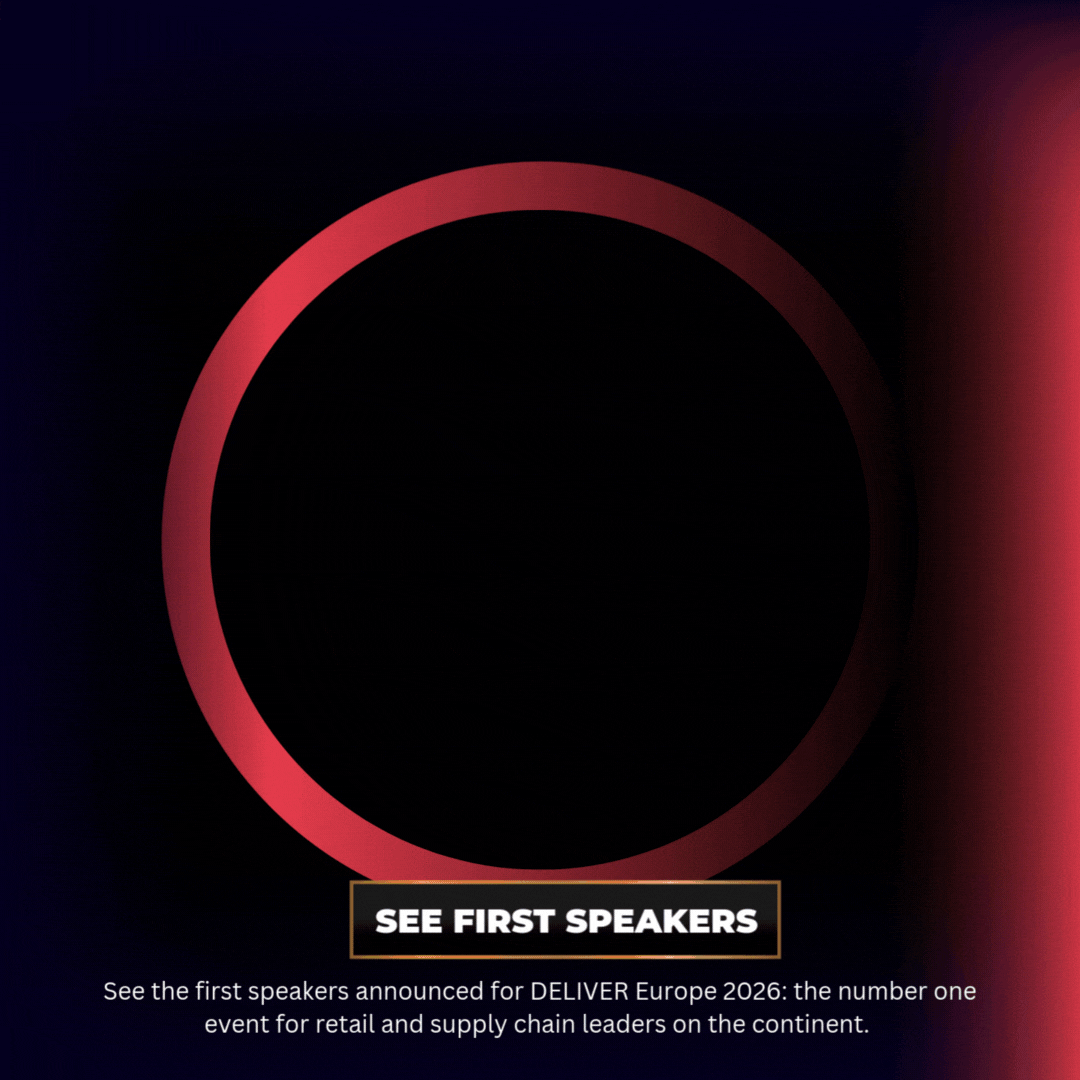How to Build a Strategic Recommerce Model Without Compromising Brand Value
As retail and ecommerce operations scale, overstock, customer returns, damaged inventory, and end-of-life rental products become inevitable. These stock challenges can quickly erode margins, clutter warehouses, and risk brand integrity. At DELIVER Europe 2025, Xavier Houzet, Head of Sales at Stocklear, unpacked how retailers can turn this challenge into opportunity.
The Stock Dilemma Retailers Face
Retailers, brands, and rental platforms face recurring inventory bottlenecks:
-
Overstock from missed forecasts or category refreshes
-
Customer returns, especially in omni-channel models
-
Damaged or non-functional products returned post-purchase
-
End-of-life rental products needing secondary market placement
-
Toxic or obsolete inventory that lingers and depreciates
Historically, much of this stock was scrapped, stored indefinitely, or sold off through fragmented, opaque channels—often at a loss.
Why Recommerce Needs Strategy, Not Panic Selling
Retailers entering the second-hand market face major concerns:
-
Preserving brand image
-
Avoiding price cannibalisation of new products
-
Ensuring control over who buys and where goods resurface
The secondary market is vast but opaque. Local discounters, refurbishers, and international resellers compete for stock—but without structure, retailers lose pricing power and visibility.
The Stocklear Solution: Auctions Meet Analytics
Stocklear offers an auction-based B2B marketplace purpose-built for recommerce. With over 17,000 professional buyers, it enables brands to resell inventory without sacrificing value.
Key features include:
-
Recommerce Estimation Tool: AI-driven valuation of assets based on category, condition and resale demand
-
Brand Image Controls: Seller constraints ensure geographical, contractual and pricing safeguards
-
Auction Model: Drives competitive bids, allowing retailers to reach true market value
-
5-Day Fulfilment Promise: Fast liquidation without operational burden
-
Dashboards & Forecasting: Brands can track performance, revenue, and buyer behaviour in real time
Business Case Outcomes
Three anonymised case studies highlight success:
-
Large French Distributor: Transitioned from warehouse stockpiling to monthly recommerce auctions, boosting cash flow.
-
Dutch Ecommerce Giant: Shifted from fragmented direct buyer model to Stocklear auctions, gaining a 53% uplift in net returns.
-
European Rental Platform: Used Stocklear to assign real value to post-rental assets and increase profitability.
Key Takeaways for Retailers Entering Recommerce
-
Define Objectives First: Do you prioritise cash recovery, sustainability, or efficiency?
-
Understand the Market: Use tools to estimate second-life value and avoid guesswork
-
Maintain Brand Control: Through buyer vetting, pricing floors, and geographic rules
-
Automate and Outsource: Leverage B2B marketplaces for fast, efficient liquidation
The Bigger Vision
Stocklear’s mission is to bring circularity at scale—moving from B2B auctions toward omnichannel recommerce, even including B2C in future. Their platform ensures that recommercing doesn’t mean relinquishing control. It means recovering value, reducing waste, and future-proofing retail operations.



